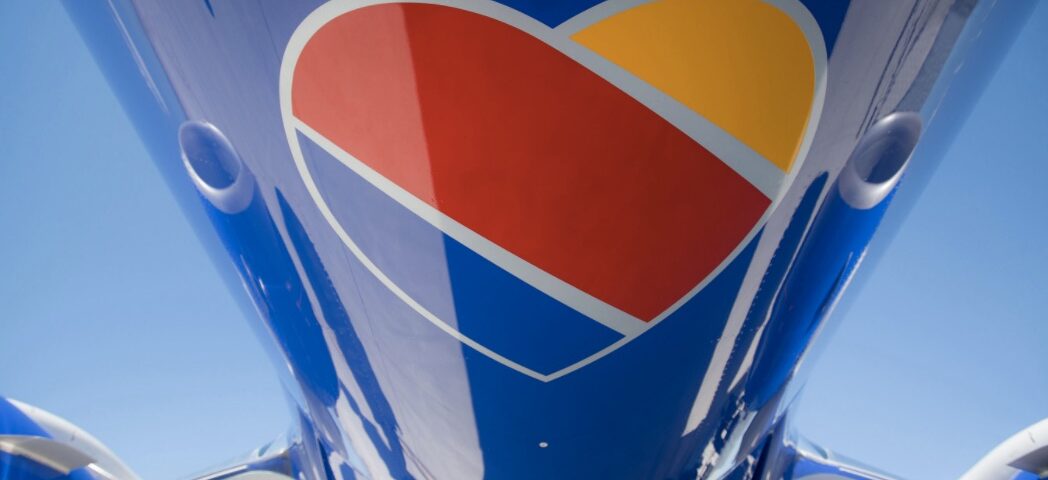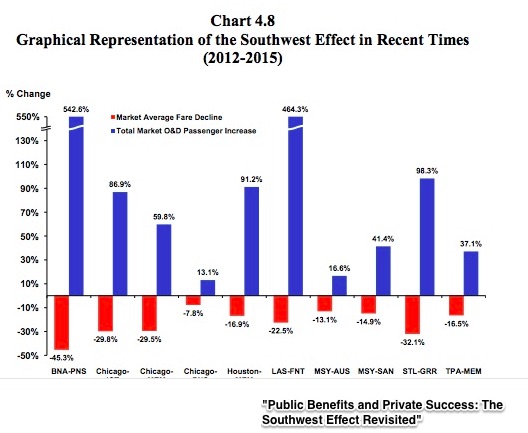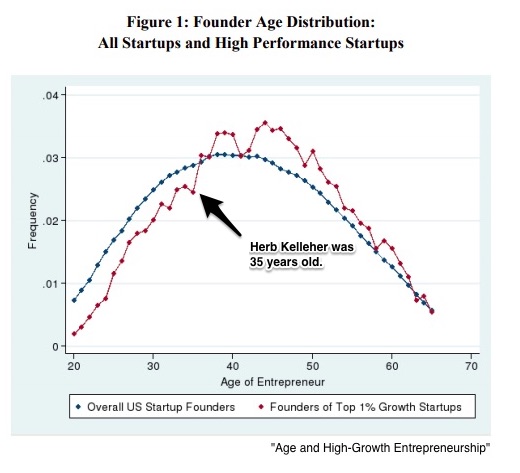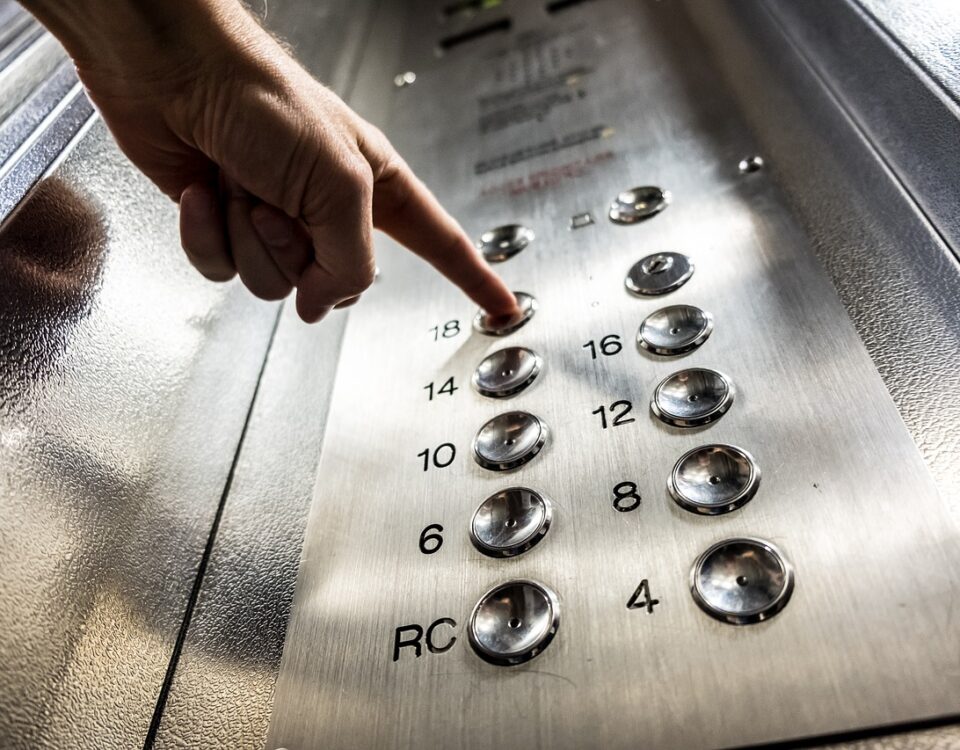
Our Weekly Economic News Roundup: From Six Fed Facts to NASA’s Shutdown
January 5, 2019
How Governments Nudge Us
January 7, 2019In 1992, Stevens Aviation (a small South Carolina company) told Southwest Airlines to stop using its slogan, Just Plane Smart. Rather than litigating, its CEO offered to arm wrestle Herb Kelleher, the head of Southwest.
Herb (as he asked to be called) died last week at 87 years old. But if you want to get to know him, do look at this “training video” for the match. The event was a massive Rocky-like spectacle, with a spirit that reflected the airline he created. Called Malice in Dallas it was (reputedly) like Muhammad Ali’s Thrilla in Manilla:
The Southwest Effect
The year was 1971. Setting fares and distributing routes, the Civil Aeronautics Board (CAB) regulated all interstate flights. The result was high fares, few fliers, and minimal competition.
Then, along came Herb Kelleher.
He decided to start an intrastate carrier beyond the reach of the CAB. At first, between places like Dallas and San Antonio, Southwest flew short haul flights in Texas. As a discount airline with fares that were approximately 45% lower than the larger airlines, a ticket could cost you $10.
And here is where it gets interesting.
Only a year after Southwest’s first flight in 1971, to raise some money, they sold one of their four 737s. Still though they were able to fly the same number of hours by cutting turnaround time to 10 minutes–a sliver of what then was typical. Imagine cleaning, restocking, unloading people from the back while new passengers entered through the front in 10 minutes. (I suspect it was slightly longer but Herb Kelleher said 10 minutes in a 2016 interview.)
As the years unfolded, their strategies for the fast turnaround multiplied. From the beginning, every plane was a 737. They knew not to charge for checked luggage because it creates the incentive to carry more on the plane which eats up time. Also, with no seat assignments, their boarding system works faster than most and no inflight meals mean less clean up and set up. Meanwhile, reflecting the spirit of their founder, Herb Kelleher, crews were encouraged to have some fun.
The Southwest Effect
It all added up to The Southwest Effect.
After airline deregulation in 1978, Southwest initiated long haul flights that replicated what they did in Texas. And, wherever they flew, fares fell and fliers multiplied.
With the blue bars displaying the traffic increase and the red, the fare decrease, you can see that the Southwest Effect was still here three years ago:
Our Bottom Line: Entrepreneurs
We could say there are two groups of entrepreneurs. One kind just starts a business. A second group though wants to change the world. They will work 24//7 to implement an idea that requires risk and persistence,
Because Mark Zuckerberg or Steve Jobs would be in that second group, we could assume that highly successful entrepreneurs are in their twenties. Less constrained by the past, twenty-year-olds could be more innovative. They also might have fewer family distractions and more energy.
Not necessarily.
Using a massive data base, a new NBER study concludes that highly successful entrepreneurs are usually much older when they start their businesses. Equipped with extra years of learning, they accumulate more human, financial, and social capital. The result? The past becomes an entrepreneurial springboard.
Below you can see the data that correlates age with high performance startups:
Herb Kelleher had already started a Texas law firm that assisted startups when, at age 35, he saw a market that few recognized. Whereas air travel had been reserved for the rich, he opened the runways to everyone with a simple formula:
- efficiency
- product simplicity
- flight frequency
- low fares
- fun
It sounds logical now but in 1971, it was revolutionary.
My sources and more: For a wonderful half hour, do listen to the Southwest/Herb Kelleher episode of How I Built This. From there, for more, this WSJ obituary did a good job of resurrecting his spirit and conveying his bio. Then for the academic side of the Southwest Effect, this paper is perfect.
Please note that parts of this post were in a past econlife.
![econlifelogotrademarkedwebsitelogo[1]](/wp-content/uploads/2024/05/econlifelogotrademarkedwebsitelogo1.png#100878)






